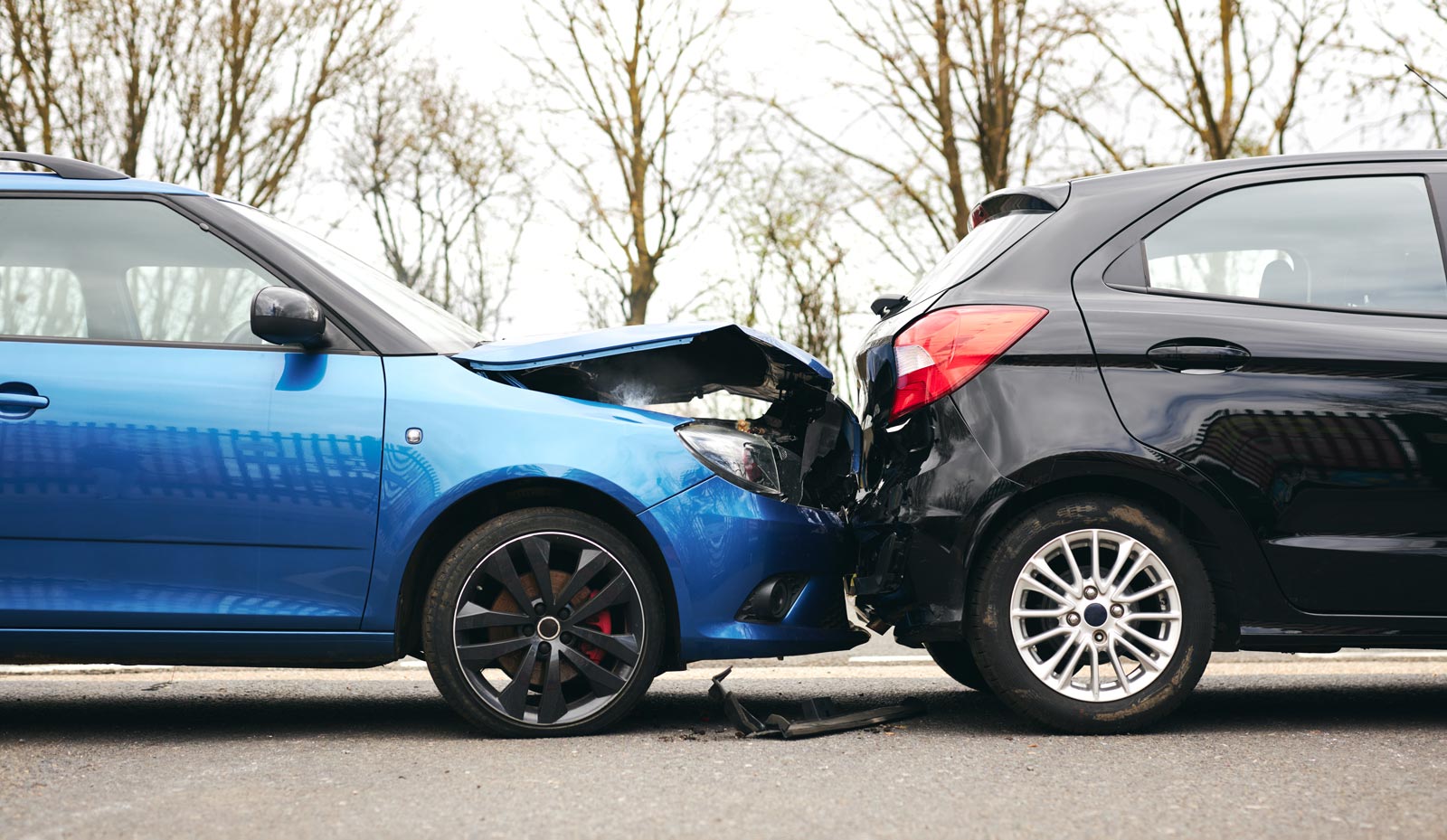Hit-and-run crash and fatality rates are rising in the U.S.; experts believe that a hit-and-run occurs every 43 seconds.
Thankfully, you may have legal options. Keep reading to learn more about hit-and-run crashes in Texas, what role your insurance company will play, and how an experienced car crash attorney can help.
How to Report a Hit-and-Run Crash: A Victims’ Checklist
Protect your claim and your health by following this checklist if you’ve been the victim of a hit-and-run collision:
- Remain at the scene
- Call 911 and cooperate with the police’s investigation
- Write down details about the vehicle and driver
- Take pictures of the scene and damage
- Collect eyewitnesses’ contact information
- Allow paramedics to check you for injuries
- Visit a doctor for a follow-up or go to the emergency room
- Obtain a copy of the police report
- Consult with an experienced injury lawyer
- File claims with the appropriate insurance companies
Why Do People Flee the Scene of an Accident?
Under Texas law, anyone involved in a crash must stop, render aid, and exchange insurance information. These rules apply to any collision involving two vehicles, a vehicle and a pedestrian, or a vehicle and other property damage. So why do people leave the scene of a crash?
Many times, the at-fault driver did not have insurance. Even though Texas has mandatory auto insurance laws, an estimated 20% of drivers are uninsured. People may also flee the scene if they’re driving without a license, intoxicated, have an outstanding warrant, or are violating other laws.
“Even though Texas has mandatory auto insurance laws, an estimated 20% of drivers are uninsured.”
Will My Insurance Cover a Hit-and-Run in Texas?
Texas has a fault-based liability system, and the driver who caused your crash is typically responsible for your losses. Therefore, when you can’t identify a hit-and-run driver, you need to look for alternate sources of coverage. Depending on your situation, you may have several options.
Uninsured/underinsured Motorist Coverage (UM/UIM)
Uninsured/underinsured motorist coverage (UM/UIM) is one of the most common insurance policies involved in hit-and-run claims. Uninsured motorist coverage applies to cases where the negligent driver does not have insurance or fled the scene.
Unfortunately, while Texas does require insurance companies to offer all drivers UM/UIM coverage, the state does not require drivers to take it. Some drivers opt out of this coverage to reduce their insurance premiums, not realizing UM/UIM’s crucial role. However, you must reject uninsured/underinsured motorist coverage in writing – if you did not do this, you probably have a UM/UIM policy.
Personal Injury Protection (PIP)
PIP is a type of optional, no-fault insurance. If you have PIP coverage, it will help cover your medical bills and lost income regardless of who caused the crash. Like UM/UIM, Texas insurers must offer you this coverage. Unless you rejected PIP insurance in writing, you should have at least $2,500 in PIP coverage.
Medical Payments Coverage (Med Pay)
This optional coverage only covers your medical bills if you’re injured in a crash. Unlike UM/UIM and PIP, the insurance company does not have to offer this option to you.
Collision Coverage
This type of insurance steps in if your car suffered damage during the crash. Typically, collision coverage is not based on fault and will cover damage during a hit-and-run.
An Injury Lawyer’s Role After a Hit-and-Run Collision
When you meet with an injury lawyer, they should help you identify sources of insurance coverage that apply to your claim. If the police identified the hit-and-run driver, your attorney will determine whether they were insured at the time of the crash. However, since many hit-and-run drivers are never caught, your lawyer will also look for alternate sources of coverage.
For example, Crosley Law represented a mother of two young girls. She experienced every parent’s nightmare when her ex called, telling her that their daughters had been involved in a head-on collision. To make matters worse, neither the at-fault driver nor the girls’ father had insurance.
Thankfully, our client was a responsible car owner. She had UM/UIM coverage; because her daughters lived with her, they were covered. We were able to get fair settlements for both young women.
RELATED: Protecting Her Children After a Head-On Hit-and-Run: Kasandra’s Story
Next, you and your lawyer will need to review the terms and conditions of the policies and file claims. However, identifying your insurance options and filing claims is just the beginning. Don’t be surprised if your insurance company denies your claims – they may even try to blame you for the crash.
Again, your legal team should fight back and demand fair compensation for your injuries.
Crosley Law Fights for Victims of Hit-and-Run Crashes
At Crosley Law, we’ve helped many hit-and-run victims rebuild after a crash. Our attorneys have experience investigating crashes and helping clients get the compensation they deserve.
If you’ve been injured in a hit-and-run accident in Texas, contact our attorneys today for a free consultation to discuss your case and options. Call us at 210-LAW-3000 | 210-529-3000 or complete this brief contact form to get started.
References
Hit-and-run crashes: Prevalence, contributing factors and countermeasures. (2018, April). AAA Foundation for Traffic Safety. Retrieved from https://aaafoundation.org/hit-and-run-crashes-prevalence-contributing-factors-and-countermeasures/
Insurance verification. (n.d.) Texas Department of Motor Vehicles. Retrieved from https://www.txdmv.gov/motorists/register-your-vehicle/texassure-insurance-verification
The content provided here is for informational purposes only and should not be construed as legal advice on any subject.









